13 Ways to Ecommerce Marketing Automation [With Examples]
![13 Ways to Ecommerce Marketing Automation [With Examples]](https://webimages.zixflow.com/664c7dcef52d276c06222c5e_13_20_Ways_20to_20_Ecommerce_20_Marketing_20_Automation_20_5_B_With_20_Examples_5_D_909f4746b6.png)
Suppose you walk into a store, and a friendly salesperson greets you by name, remembers your previous purchases, and suggests items you might love based on your browsing history. It feels personal, and helpful, and makes you more likely to buy something, right?
That’s the power of e-commerce marketing automation for your online store as well. It personalizes your customers’ shopping experience, boosting your sales. Forbes also mentioned that by 2029, more than 500 million people are expected to be shopping online. That’s a significant jump from the current numbers. Not only that!
Automation analyzes your customers’ behavior, segments them, and streamlines responses, leading to increased efficiency and higher conversion rates.
So, how can you use this powerful tool? You’re probably thinking along the same lines, right? Worry not!
In this blog, I’ve outlined key ways, along with examples and what is ecommerce marketing automation to get you started toward a more efficient and personalized e-commerce experience.
What exactly is ecommerce marketing automation?
E-commerce marketing automation is when you use advanced tools to automate various marketing tasks and processes within your online store. It helps you streamline your marketing efforts, improve efficiency, and deliver personalized experiences to your customers at scale.
With e-commerce marketing automation, you can automate email campaigns, personalized product recommendations, customer segmentation, social media marketing, customer service interactions, and more. By using data, you can automate repetitive tasks, target your customers more effectively, and ultimately drive sales engagement and customer loyalty.
With that said, now let’s explore ways to ecommerce marketing automation.
13 effective ways to ecommerce marketing automation with examples
E-commerce marketing automation saves you time, boosts efficiency, enhances customer engagement, increases conversions, and provides valuable insights, helps you connect with customers more effectively without extra effort.
So, here are the 13 best ways to implement e-commerce marketing automation to help you connect with customers and level up your sales.
Personalized email onboarding
The first way is personalized email onboarding which involves creating a series of tailored emails that guide your new customers through their initial interactions with your ecommerce brand. This way helps build customer engagement and increase your sales.
For example, When a customer signs up for your online store, start the onboarding journey with a welcome email introducing them to the platform and its features. Follow up with emails that include personalized recommendations based on their interests, tips on how to make the most of the platform, and a special discount. This approach ensures that new customers feel valued and supported from the beginning.
To send these types of personalized emails you can use ecommerce marketing tools like Zixflow. Zixflow is an AI-built CRM tool that offers a feature to create personalized email onboarding experiences for your new customers, ensuring they feel welcomed, informed, and eager to start using the service.
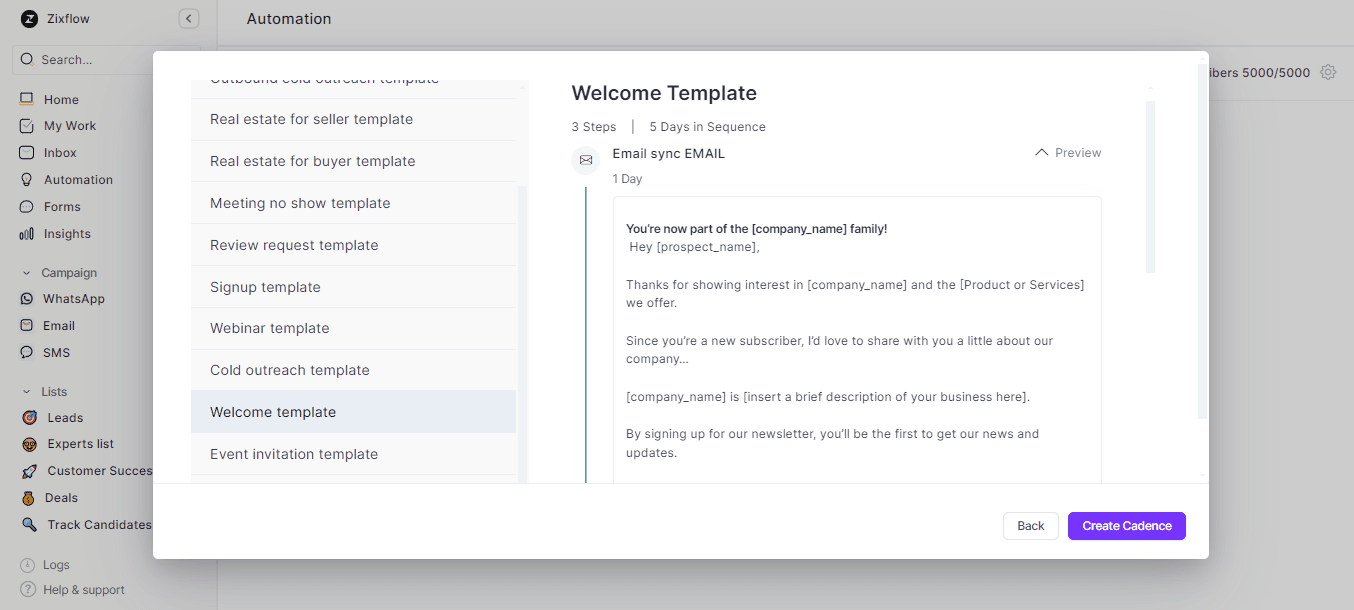
With Zixflow’s automation feature, you can implement sales cadences with three options: new, prebuilt, and clone. If you’re short on time, the prebuilt template is available for quick use
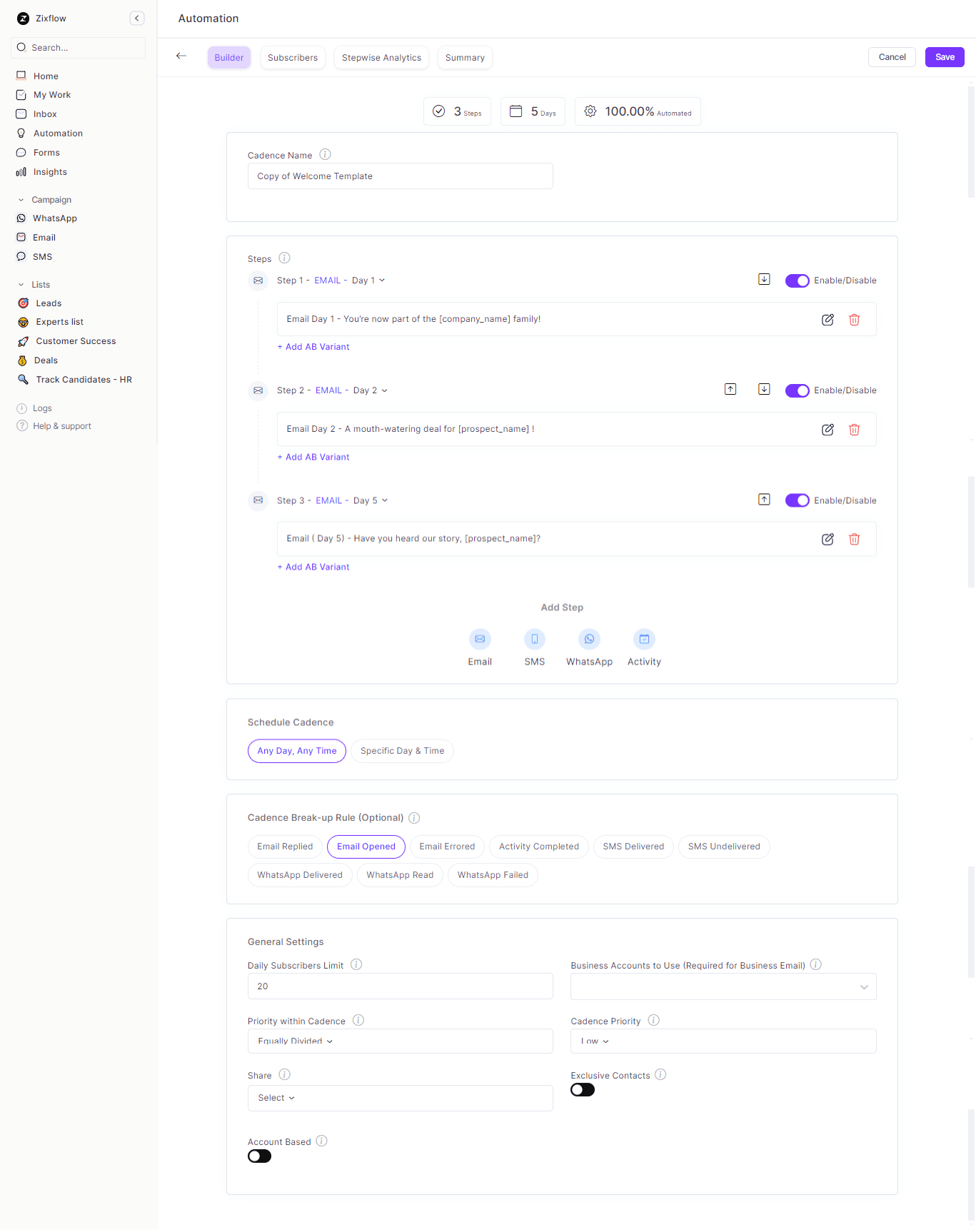
So, use Zixflow’s robust functionality to design targeted email sequences that resonate with each of your customers and leave a lasting positive impression.
Re-engage old leads
Re-engaging old leads is a crucial way in ecommerce marketing, as it focuses on restoring interest in your potential customers who have previously shown interest but haven’t completed a purchase. By implementing automation tools like Zixflow, you can streamline this process by sending personalized follow-up emails, reminders, or special offers to these leads, using
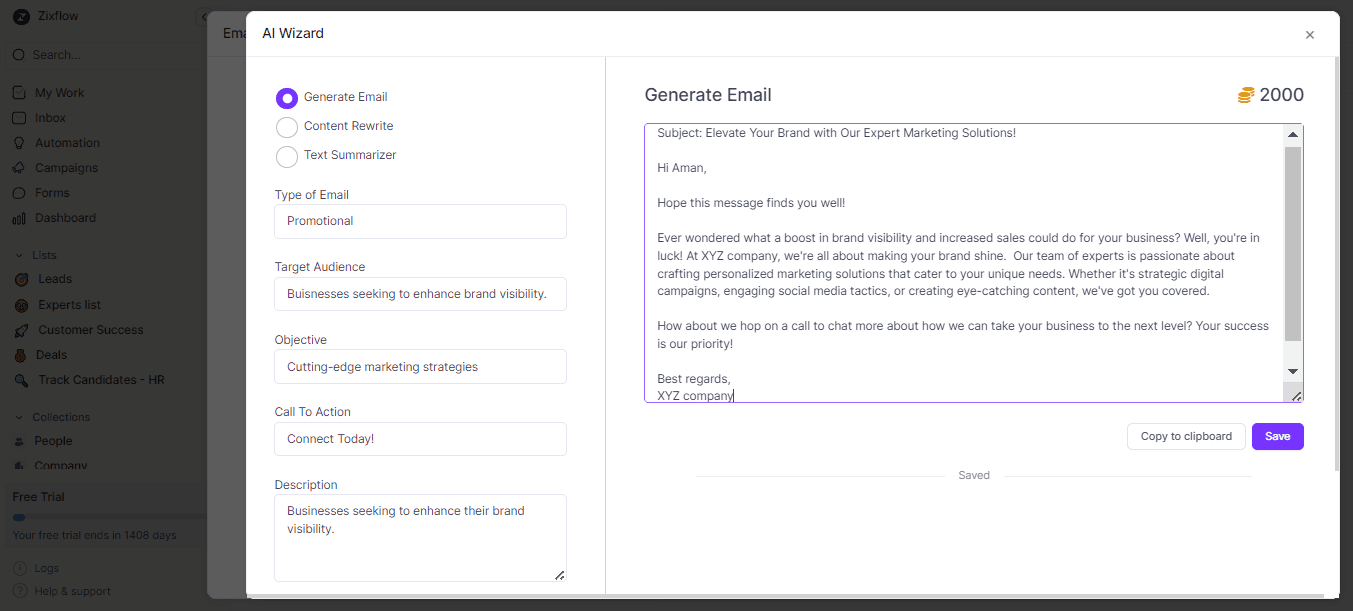
Zixflow’s email campaign builder. Whether it’s reconnecting with your old leads or reaching out to new prospects, Zixflow has you covered. You can use our built-in automation and AI Wizard to effortlessly create personalized emails that automate sales engagement.
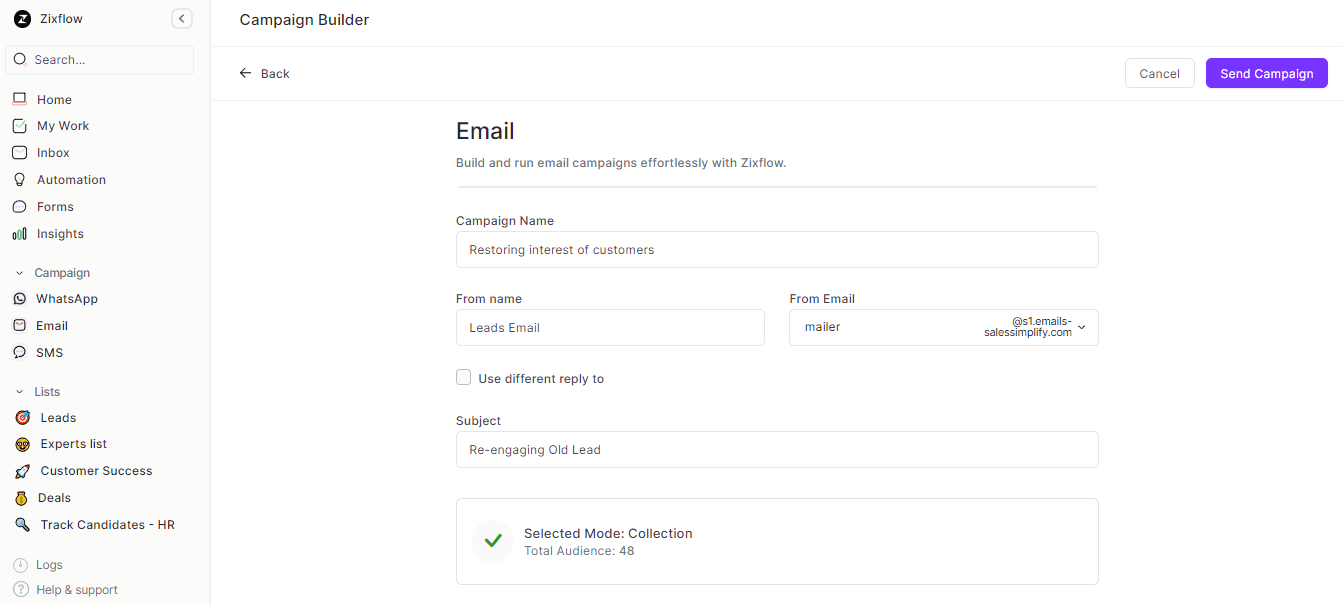
With Zixflow’s drag-and-drop email campaign builder, you can easily design visually appealing and responsive emails. Also, you can choose from customizable templates and create your own as well.
For example, you can send an automated abandoned cart email sequence that will gently remind your customers of their unpurchased items, offer them a discount, and highlight product benefits, effectively turning abandoned carts into completed sales with minimal manual effort.
Leverage chatbots for 24/7 customer service
Another way to ecommerce marketing automation is using chatbots for 24/7 customer service that allows your customers to offer round-the-clock support, enhancing customers’ experience and increasing efficiency.
For instance, as a clothing retailer running a full-scale fashion store or just starting a t-shirt business, you can utilize a chatbot to assist customers with sizing queries, recommend products, and process orders seamlessly, even outside regular business hours. This ensures constant availability and improves customer satisfaction, leading to higher conversion rates and reduced workload for your human agents.
Personalize landing pages
With personalized landing pages in ecommerce automation, you can customize web page content and layout to match the interests and preferences of your individual customers which will help you to enhance the sales process.
For example, if your customer frequently browses outdoor gear, you can feature top hiking equipment and exclusive deals on their landing page. If a customer abandons their cart, greet them with their forgotten items and a special discount to incentivize their purchase. Implementing ecommerce CRO strategies can further enhance this approach by optimizing your site’s design and user experience to increase conversion rates.
For seasonal adjustments ensure that your customers see appropriate products based on their location, while user-specific promotions reward loyalty. For behavioral triggers, you can highlight products that match your customers preferences, such as eco-friendly items.
Segment your audience for targeted marketing
Segmenting your audience is crucial for targeted marketing in ecommerce automation. By dividing your audience into specific groups based on characteristics like demographics, behavior, or preferences, you can tailor your marketing efforts to better meet your needs and interests.
Suppose you are running an online cosmetics store. By segmenting your audience based on their makeup preferences and purchase history, you can personalize your marketing approach.
For instance, you might send exclusive offers for skincare products to your customers who frequently buy moisturizers and serums, while makeup enthusiasts who often purchase bold lipstick shades receive promotions for new lip products. This targeted strategy boosts your customer engagement and increases the likelihood of conversions.
Implement lead scoring to prioritize leads
Implementing lead scoring is another way to ecommerce marketing automation that allows your business to prioritize leads based on their likelihood to convert into customers. By assigning numerical values to various lead characteristics and behaviors, such as demographics, engagement level, and purchase history, you can effectively identify which leads are most valuable and deserving of immediate attention.
For example, you are the owner of a SaaS company. You implement lead scoring to streamline your sales process. Leads who have requested a product demo, visited your pricing page, and engaged with your blog content receive higher scores.
Moreover, leads who fit your target industry and have interacted with your customer success team to get additional points. With lead scoring, you can prioritize follow-ups, ensuring your sales team focuses on leads most likely to convert, ultimately boosting your revenue and efficiency.
Automate the checkout process
When automating the checkout process in your ecommerce business, you’re essentially simplifying the steps customers need to take to complete a purchase.
Let’s say a frequent shopper returns to your online store. With automation, the checkout system can recognize them, automatically applying any discounts or rewards they’ve earned. It can also fetch their saved shipping and billing details, sparing them from re-entering information.
Also, the system can calculate shipping costs based on your customer location and cart contents, providing an accurate total upfront. By automating these aspects, you’re making the buying journey smoother for your customers, which can lead to higher conversion rates and happier shoppers.
Take your ecommerce marketing automation strategy to the next level today
Zixflow is an AI-powered automation tool that helps you improve your ecommerce marketing with automation features like AI-Wizard to generate emails and more
Get Started NowA/B test your marketing efforts
A/B testing your marketing efforts is a crucial aspect of ecommerce automation, enabling your business to optimize your strategies and maximize conversions.
Imagine you run a subscription-based meal delivery service, and you want to increase sign-ups on your website. You decide to A/B test different headline variations on your landing page to see which one resonates better with your audience.
In one version, you use a headline emphasizing convenience like “Delicious meals delivered to your doorstep in minutes”. In the other version, you focus on health benefits like “Nourish your body with chef-crafted meals”.
By analyzing the data, you discover that the convenience-focused headline drives significantly more conversions. As a result, you update your website with the winning headline, ultimately boosting your subscription rates and improving customer acquisition.
Automate personalised birthday or anniversary offers
Implementing the best marketing tools for ecommerce can significantly enhance efficiency. Automating personalized birthday or anniversary offers in your ecommerce marketing strategy are also a smart move to keep your customers engaged and loyal to your brand. By utilizing customer data and automation tools, you can craft promotions tailored to individual milestones, elevating your customers’ shopping experience, and increasing sales, and outbound sales strategies.
For instance, you can send a special discount code or a complimentary gift to a customer on their birthday, making them feel valued and prompting them to make a purchase. Similarly, acknowledging a customer’s anniversary with your brand by offering exclusive deals or rewards not only strengthens the bond but also encourages them to return for future purchases.
With marketing automation platforms like Zixflow, you can easily set up workflows to trigger personalized offers based on specific dates in your customers’ lifecycle. Zixflow allows you to segment your audience, create targeted campaigns, and automate the delivery of messages precisely when they’ll have the most impact. The best part is you can create a new workflow or select a pre-built option.
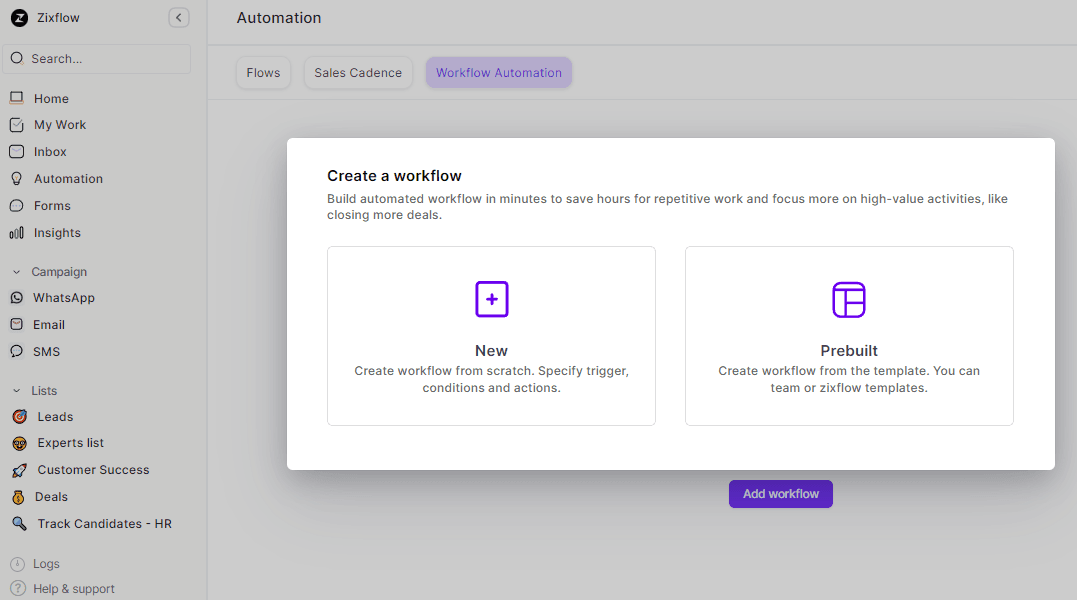
Automate social media by posting
Ever feel like you’re constantly glued to your phone managing social media for your online business? But what if you could schedule posts in advance and free up your time for other things?
That’s how social media automation works. Automating social media posting is a cornerstone of ecommerce automation, streamlining the process of engaging with your audience while saving time and effort.
Let’s say you manage an online bakery. With social media automation, you can schedule posts to go out each morning featuring mouth-watering images of your freshly baked goods.
For instance, you can schedule a post at 8 a.m. every day showcasing your daily specials and offering a discount code for online orders placed before noon. This allows you to reach your audience when they’re most likely to be hungry and browsing social media, driving traffic to your website and boosting sales without needing to manually post every day.
Cross-sell and upsell campaigns
Cross-selling involves suggesting related or complementary products to what your customer is already considering or purchasing. For example, if a customer is buying a camera, cross-selling could involve suggesting memory cards or camera bags.
Upselling, on the other hand, entails encouraging your customers to buy a more expensive or premium version of the product they are interested in. For instance, if a customer is looking at a basic smartphone model, an upsell could involve recommending a higher-end model with more features.
Implementing these ways through automated campaigns in ecommerce involves analyzing your customer behavior, preferences, and purchase history to make personalized recommendations at various touchpoints, such as during browsing, adding items to the cart, or at the checkout stage.
This automation helps you streamline the process and ensures consistent and effective cross-selling and upselling efforts across the customer journey.
Are you tired of time-consuming tasks?
Start using Zixflow, which streamlines & automates your workflow with time-saving features like sending bulk messages, etc
Sign Up TodayGamification & rewards programs
To bring gamification and rewards to your online shop, start by deciding what you want to achieve. Do you want customers to shop more often, share your products on social media, or tell their friends about your store? Once you know your goal, choose things like points or badges to reward customers for doing what you want.
Then, make it easy for your customers to see how they can earn these rewards. For example, you can give points for every purchase or for sharing your products online. Be clear about what rewards they can get and how they can use them.
To make it even better, use what you know about your customers. Look at what they’ve bought before offering them deals they’ll like.
Finally, keep checking how well your rewards program is working and ask your customers what they think. This way, you can make your stages of the sales pipeline better over time, and keep your customers excited about shopping with you.
Post-purchase follow-ups
Post-purchase follow-ups are a crucial aspect of ecommerce automation, enhancing your customer satisfaction, gathering feedback, and encouraging repeat purchases.
For instance, after a customer completes a purchase, you can send an automated email thanking your customers for their order, providing order details, and inviting them to leave a review or join a loyalty program. This not only shows appreciation but also keeps your brand on the customer’s mind for future purchases.
Maximize your sales potential by implementing these automation ways in your ecommerce marketing
By now, you’ve explored ecommerce marketing automation ways properly, right? So, integrating the above-explained ways like chatbots for customer service or personalized email marketing campaigns has shown you significant benefits. These ways streamline operations, boost customer engagement, and ultimately drive sales.
Also, utilizing AI-powered tools like Zixflow strengthens your ability to connect with your target customers and remain competitive in the ecommerce business.
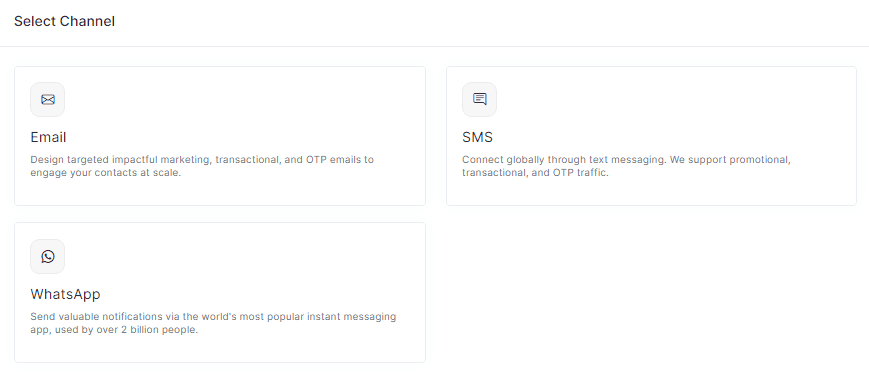
Zixflow streamlines your e-commerce marketing automation by offering multi-channel campaigns, customer segmentation for personalization, and drip campaigns. It provides a unified inbox and AI-powered features, making it a powerful tool for nurturing leads, targeting promotions, and personalizing customer journeys across email, SMS, and WhatsApp.
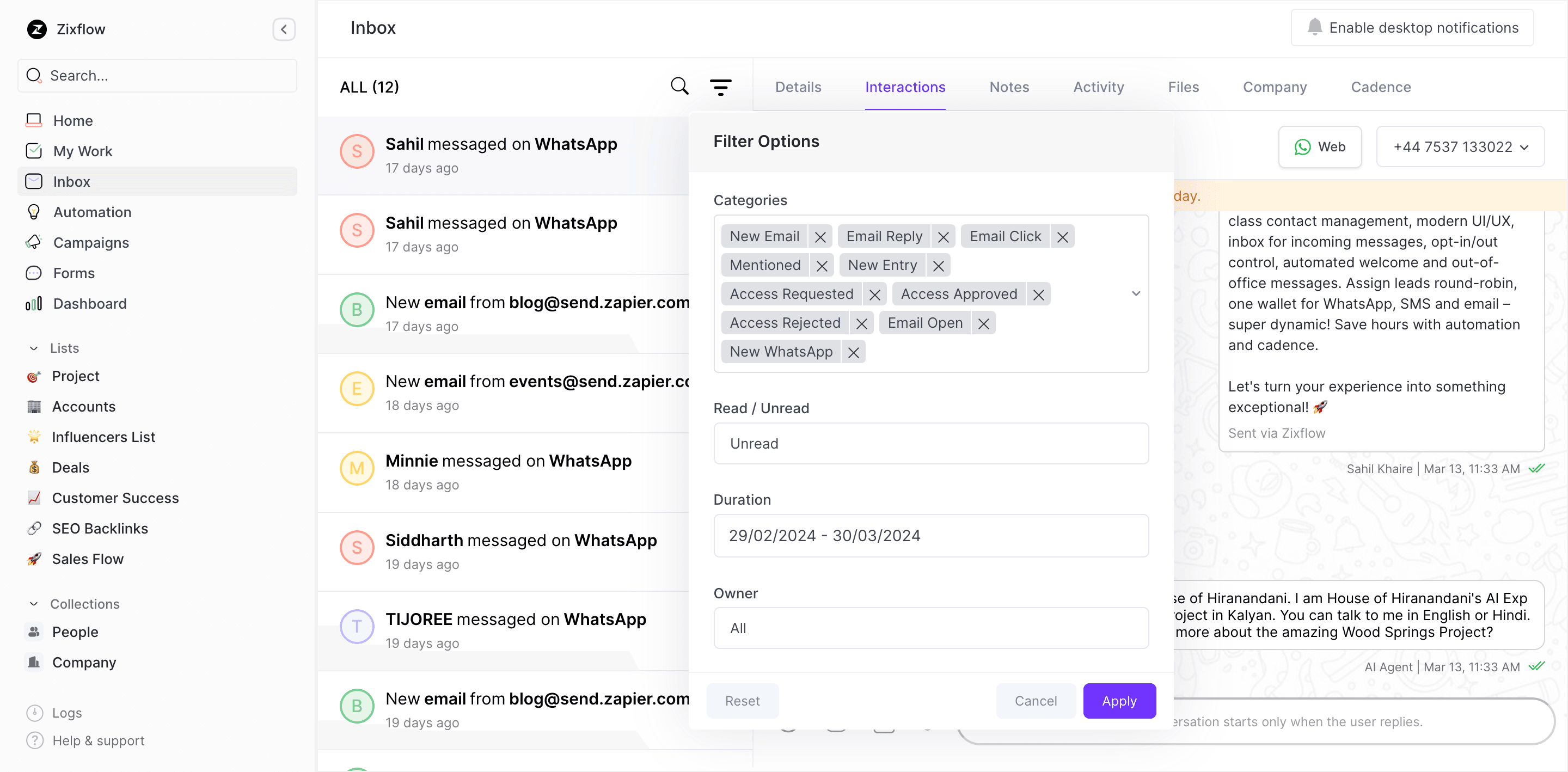
So, start by just creating a free account and automate your e-commerce marketing effortlessly.
